Thick-tailed Bushbaby at Skukuza Camp
After our coffee we headed back to our room to pack the car. As I was grabbing the last of my things Bert asked if I wanted to see an African Green Pigeon--he knew it was one of my targets so it was more of an attention getting question. I came over and he pointed down the row of trees, where there were about a dozen AFRICAN GREEN PIGEONS perched in a leafless-tree.
African Green Pigeon at a tough angle in bad light (thanks strobe)
After getting my fill of shots in the poor morning light, we headed out, and made our way across the Sabie River, where we stopped for a moment to enjoy a stunning African sunrise.
Sunrise over the Sabie River.
Again on our way we headed up the Skukuza-Tshowkane Road. Our goal was to get to the Tshokwane picnic area by mid morning for breakfast. Right off the bat we started seeing wildlife. There were BUSHBUCK and of course IMPALA. We came up on a spot in the road where about a dozen ELEPHANTS were walking right along the edge of the road. In the trees along the river here were dozens more Impala, and about 50 CHACMA BABOONS. A short distance up the road we saw a number of cars stopped on a bridge over a ravine. AS we passed them I spotted what they were looking at in several LIONS lounging on the river bank a couple hundred yards out.
Lioness relaxing on the banks of the Sabie River.
After enjoying the lions we hit a side road where we started seeing some birds. We dropped into a ravine and a BROWN-HOODED KINGFISHER was posed nicely along the edge. These kingfishers are mostly actually found away from water, and don’t actually fish--they eat insects.
Brown-hooded Kingfisher away from water in typical fashion.
BLACK-HEADED ORIOLE could be heard singing while Fork-tailed Drongos were in their usual spots--following the Impala. Bert spotted what he had taken us down the road for when a tiny deer-like animal came hopping along--it was a GRAY DUIKER.
Gray Duiker sporting the "Alfalfa Haircut"
While we watched the duiker we could hear a lion roaring in the distance--how cool that would have been to see, but it was neat to hear. As we continued on we came across a mixed flock with quite a few species mixed in, including: SOUTHERN BLACK-TIT, WHITE HELMETSHRIKE, Fork-tailed Drongo, GOLDEN-TAILED WOODPECKER, Cape Crombec, ARROW-MARKED BABBLER, and the prize bird of the morning, a WHITE-THROATED ROBIN-CHAT.
Heard quite a few but only saw this White-throated Robin-Chat.
Pretty soon the road looped back to the main road. We headed onto it and pretty soon there in the road were a few Impala and about 50 Baboons. I thought the spot looked familiar, and sure enough it was the same group of animals we passed earlier. The road we looped onto had taken us backwards--but it ended up being a good thing. As we watched the animals in the road we saw everything start freaking out and running and screaming. Then we saw what was making them lose it-through the trees along the river bank were two male LIONS walking. Every time the lions looked towards the road, the animals went nuts.
A real King of the Jungle lounging in the sand near the Sabie River.
One terrifying looking Chacma Baboon.
The time spent here also turned up a few new species including an AFRICAN PARADISE FLYCATCHER which wouldn’t hold still for a picture. A lone EURASIAN HOOPOE also landed in the trees for a moment before disappearing.
Eurasian Hoopoe--I thought I would have better looks but these were the best.
Back on our way we wandered north through the park, and after a short distance we came upon an interesting bird crossing the road, a RED-CRESTED BUSTARD. Bustards are just a unique family, some of the flight displays are pretty amazing--but this one just walked through the grass.
Red-crested Bustard blending in with the grass along the road.
Aside from the birds, the amount of wildlife we were seeing was incredible. It wasn’t long before we finally saw one of the species of mammal we had really hoped for, BURCHELL’S ZEBRA. The first few were distant, but after a while we had small groups crossing the road, and no shortage of close views of these peculiar creatures.
Stunning creatures--Burchell's Zebras.
We passed through a rocky area with boulder strewn hills. This would be one of our last opportunities to look for a tiny buck known as a Klipspringer. We checked a couple small hills with no luck and were scanning the last hill when we finally spotted three of the tiny KLIPSPRINGER lounging on the rocks. They blended in quite well--and were quite small which lent to the hiding ability.
Tiny Klipspringer on a boulder in Kruger Park.
Lilac-breasted Roller (Stunner)...
As we got closer to our breakfast stop we made one last stop at the Leeupan water hole where both SOUTHERN RED-BILLED and YELLOW-BILLED HORNBILL were feeding, along with BURCHELL’S STARLING and a HAMERKOP. There were also quite a few Zebra coming and going from the water.
Southern Yellow-billed (back) and Southern Red-billed Hornbills.
We finally pulled into Tshokwane a little late--most people there were just finishing up their breakfast and hitting the road. As we got out of the car I could see there were dozens of birds on and around the picnic tables--namely the SOUTHERN YELLOW-BILLED HORNBILLS!
Southern Yellow-billed Hornbills swarming a grill at Tshokwane.
At the time I was unaware of what an infamous site Tshokwane was for the prolific wildlife that spends much of its time on the tables, chairs, and grills, and at the feet of guests while they eat. Months before going to Africa I found a video online of 20 or so hornbills on a table eating. When I asked the person who shot it where it was, they said they didn’t know--it was like asking people about information for Peru all over again--how did you not know where you saw something so crazy??? That didn’t matter now though--as this was the place, and there were at least 2 dozen hornbills around.
Southern Yellow-billed Hornbill posing in the parking lot.
It made for a great time photographing the birds. It also made for great entertainment watching others guest become frustrated with the wildlife.
Me photographing the hornbills with my cellphone.
Hornbills, Doves, and Starlings at the next picnic table over.
I always am intrigued how people can come to a place like this, to see wildlife, then when they have it an arms length away, they get mad, because its invading their space, and their meal. It’s ironic how ignorant some people are, even in the wilds of Africa. Most people that were getting upset were so because the birds were taking items right from the grill and tables. It’s not like there weren’t signs warning people, and common sense would tell you to be careful with your food but we still saw the wildlife getting its fair share. Perhaps the funniest moment was when a VERVET MONKEY swooped onto the table next to us, grabbed a carton with a dozen eggs, and proceeded to climb 30 feet up a tree and start sucking the juice out of the eggs. As he finished an egg, he would drop the shell, letting it fall right next to the table. The people that it happened to were not amused, but I got a kick out of it.
Vervet Monkey and an egg that it stole from some folks eating breakfast.
There were a few other birds around, including this super photogenic BLACK-HEADED ORIOLE.
Black-headed Oriole--gorgeous bird.
After breakfast we headed over to Orpen Dam which has a great overlook to view the water from. There were a pair of AFRICAN FISH EAGLE preset which are really beautiful birds. Being close to mid-day there wasn’t a ton of activity, but there were BLACK CRAKE, AFRICAN JACANA, and BLACKSMITH LAPWINGS below. There were also quite a few HIPPOS and NILE CROCODILE lounging on the sand. As we sat watching Bert pointed out a call behind us, it was a repetitive “do do do do do do do do do do do do do do do…” It was the CRESTED BARBET! We didn’t see the bird but it was nice to finally hear one--I told Bert it was the bird I wanted to see more than any other in the park--and its usually a sure thing, but up till now had eluded us.
African Fish Eagle flying over the water at Orpen Dam.
Instead of taking the main road north, we took a dirt road near the Mozambique border through the back country. We never saw another vehicle the entire drive, which made for an excellent time. WE made a stop in small creek bed with just a little water left. There a COMMON GREENSHANK was feeding in the water, and Bert spotted a couple of LITTLE BEE-EATERS. AS I scanned around I spotted a gorgeous bird sitting on a rock near the car, the only MALACHITE KINGFISHER of the trip.
Malachite Kingfisher--makes our look boring (sorry!)
Continuing the landscape opened up to look like the Savannah you would see in National Geographic.
The Savannah in central Kruger National Park.
There weren’t a ton of birds but we did see a couple of small grassland species like the AFRICAN PIPIT and the SABOTA LARK. At one stop there were a handful of small birds zipping around really fast--we missed most of them, but got nice looks at a stunning tiny bird, the GREEN-WINGED PYTILIA.
Green-winged Pytilia in the bush.
The usual IMPALA were a common sight, while the occasional GIRAFFE and ZEBRA added to the African landscape. There was a ridge along the border that a herd of ELEPHANT could be seen walking along--it was just the real wild bush. The acacias spotted the horizon, and the road wound over small hills and through dry dust bowls. As we came around a corner there right next to the car were one of my top 5 birds for the trip--2 COMMON OSTRICH.
My lifer Common Ostrich.
I watched in awe. The largest species of bird in the world just a matter of feet from us--and one of the few remaining true wild ostriches in South Africa. There are lots of reintroduced, or “feral” ostriches on reserves, and in parks, but the ones in central Kruger are the real deal. I enjoyed watching them, but Bert wanted to keep us on pace so we moved on. Finally we hit a road that headed back to the west and would take us back to the main road. Here we saw a handful of really cool birds including RED-BILLED BUFFALO-WEAVERS and one of my top 25 in the first flock of RED-BILLED QUELEA.
Red-billed Quelea flock--the most abundant bird species in the world.
Red-billed Buffalo-Weaver are way more stunning than the photo shows.
There was also a BLACK-BACKED JACKAL here, a good find for the middle of the day, and our 2nd species for the trip.
Black-backed Jackal wandering around in mid-day.
As we continued back towards the main road we came upon a giant male COMMON OSTRICH that again provided killer looks and a great photo opportunity.
The male Common Ostrich is a bit more of a looker than the female.
We made it to Satara Camp in early afternoon, and opted to skip having a late lunch and just snack. When we arrived an AFRICAN SCOPS-OWL was calling but we never could locate it. In the middle of the day there were really no birds, but something equally as cool were a handful of WAHLBERG'S EPAULETTED FRUIT BATS hanging from the trees over the parking lot.
Wahlberg's Epauletted Fruit Bats at Satara Camp.
After our brief stop we again hit the pavement and kept going north. We came upon a line of cars on the side of the road looking west. In the air above were several vultures. It had the tell-tale signs of something good--perhaps a kill. We soon found animals in question, a pair of lions lounging in the brush, with the rib cage of something they killed earlier. It was the only kill site we saw on the trip--too bad we missed the real action. But while we were watching, a BURCHELL’S COUCAL flew into a nearby brush and let me get some decent shots.
Burchell's Coucal--most weren't this cooperative.
It wasn’t long before Bert hit the brakes and pointed to the east--where 5 SOUTHERN GROUND-HORNBILLS were hopping along in the short grass looking for food. There are estimated to be about 1,500 individuals of this species left in the world, and although rare in most places, this area of Kruger is considered almost a sure thing for them.
5 out of the last 1500 Southern Ground Hornbills in the wild.
It probably was only a mile or two down the road when I spotted another cool bird of the open Savannah, and another of my top 25, when I saw a KORI BUSTARD near the road. There ended up being 4 in this group and they were slowly walking parallel with the road. We spotted one more on the other side of the road a little further up, and it tried to act like it was hiding--which it didn’t do very well.
Kori Bustard was one of my top 25 for Africa... CHECK!
It seemed as if our luck couldn’t get any better for these popular Savannah species, but shortly after the bustards I spotted one of the coolest birds of Africa jumping around in some tall grass--a SECRETARYBIRD.
The only Secretarybird I saw on my trip, another top 25 nab!
It was another of my top 25, so I was ecstatic to nab it and see it in great light. It was getting late in the day so we didn’t stop much as we made our way towards Olifants. We did stop to admire an enormous herd of CAPE BUFFALO--perhaps more than a 1,000 animals as far as the eye could see along the horizon.
Small percentage of an enormous herd of Cape Buffalo.
We made it to the Olifants River with about 40 minutes to spare before the gates closed. The river was enormous--not a lot of water, but huge from edge to edge. We spent a few minutes just admiring the landscape. There were 100’s of EGYPTIAN GEESE, and a handful of other species, but by this point I think we just wanted to get to camp and relax.
The Olifants River shortly before sunset.
We crossed the river, and wound our way through the Mopane Woodland to the camp gates. After a long day on the road we were at our destination for the day. We grabbed dinner and then hit the hay. Although I saw fewer new species this day the quality of species was incredible.
Our first look at the Mopane Woodland of south-central Africa.
28 life birds this day / 176 total trip life birds / 187 total trip species
photos from Skukuza Camp to Tshokwane Picnic Site:
http://www.timaverybirding.com/photos/thumbnails.php?album=1107
photos from Orpen Dam to Olifants Camp:
http://www.timaverybirding.com/photos/thumbnails.php?album=1125
eBird Checklists:
Kruger NP--Skukuza Camp
Kruger NP--Tshokwane Road
Kruger NP--Tshokwane Picnic Site
Kruger NP--Orpen Dam
Kruger NP--Satara-Tshokwane Road
Kruger NP--Satara Camp
Kruger NP--Satara Camp to Olifants River
Labels: Africa, Kruger National Park, life birds, listing, South Africa, Travel

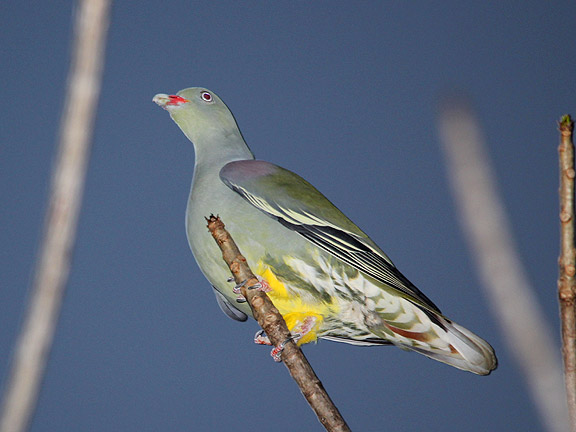
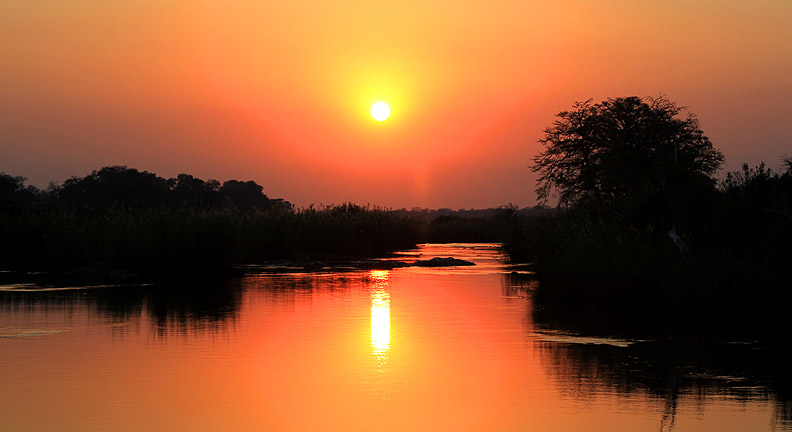
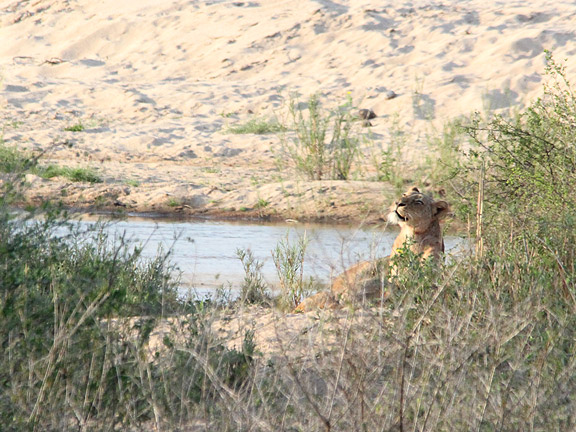
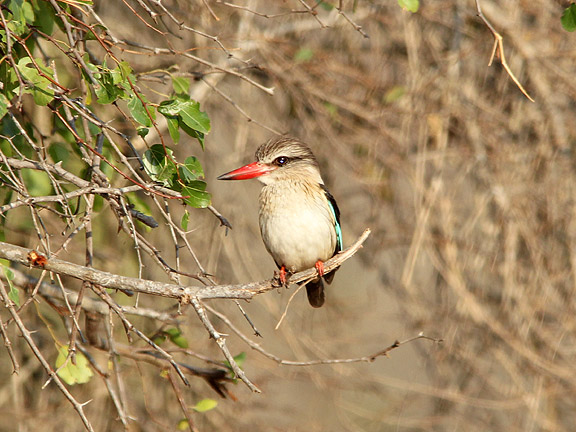
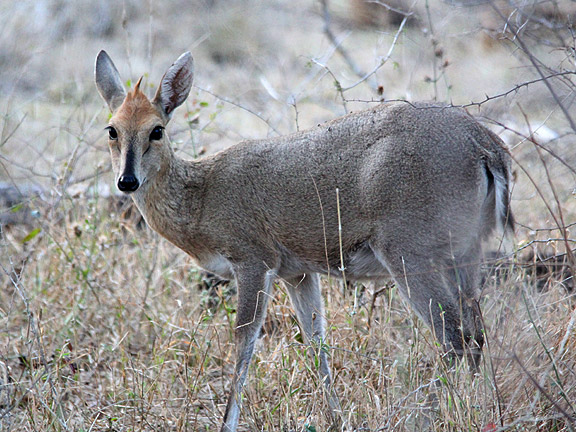
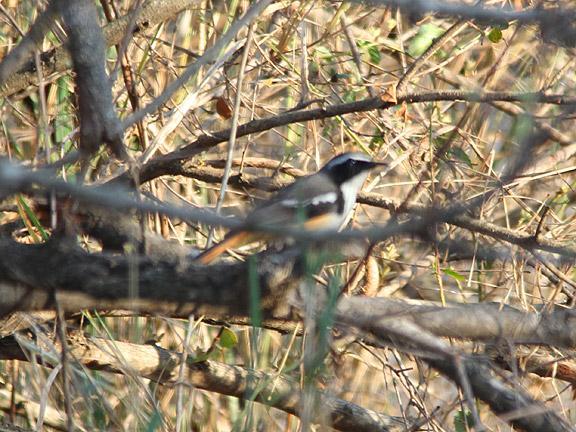
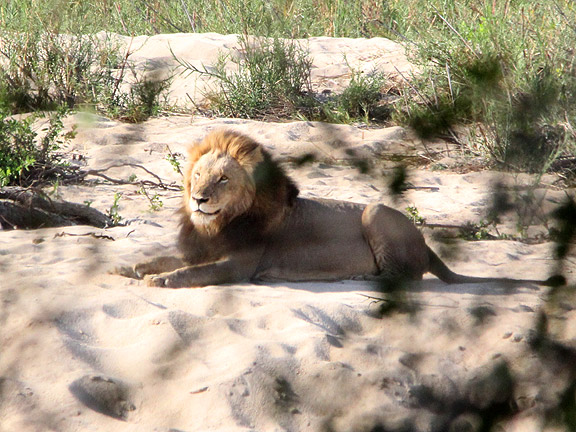
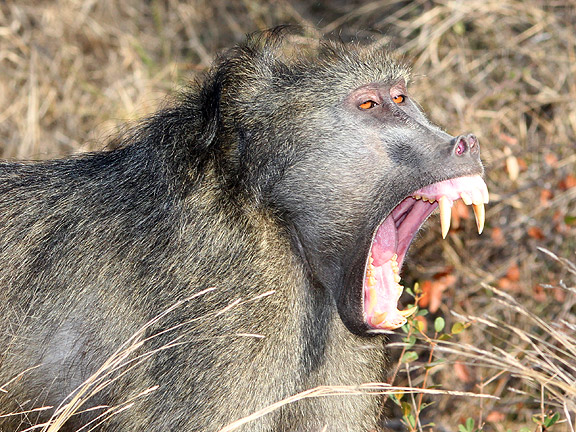

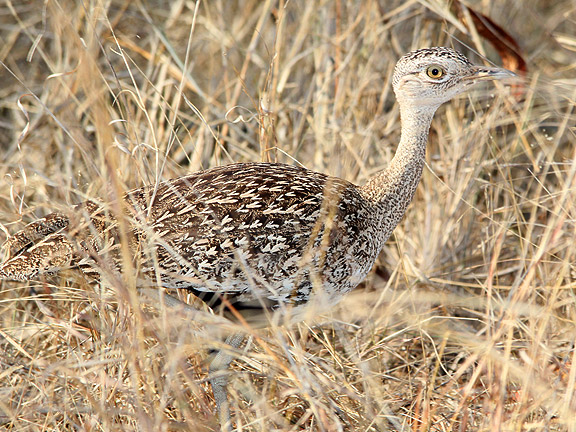
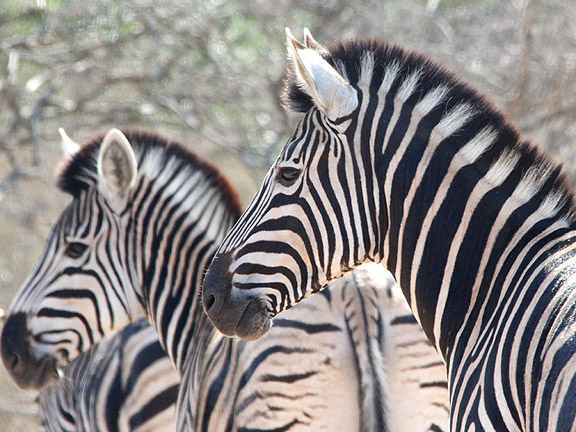
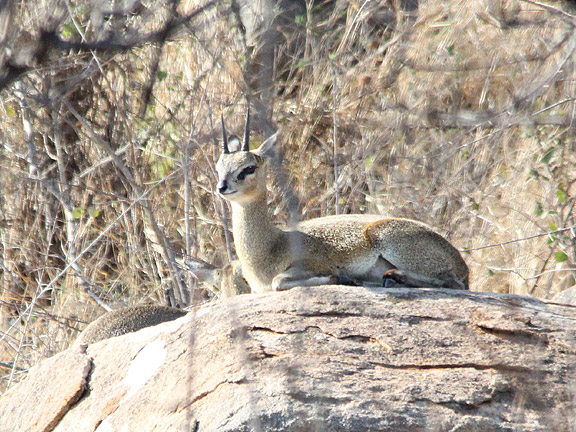
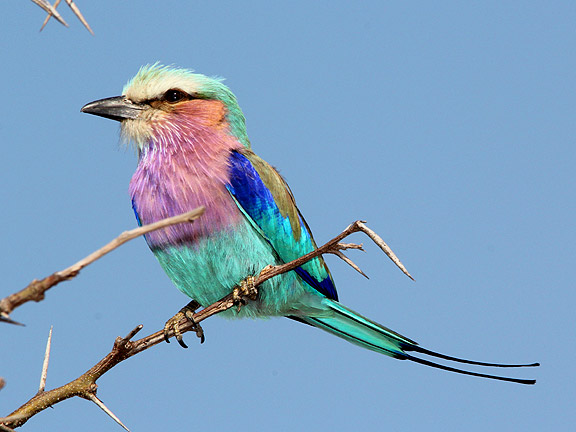
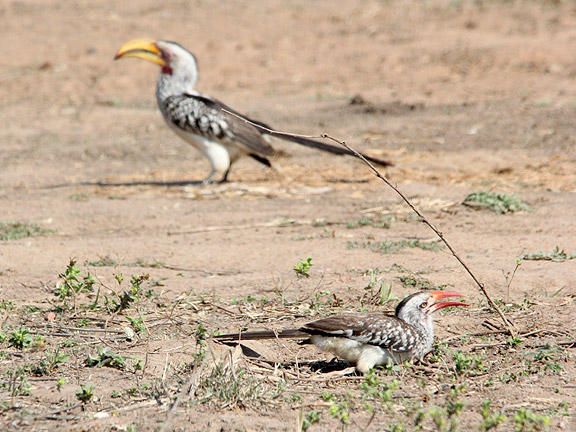
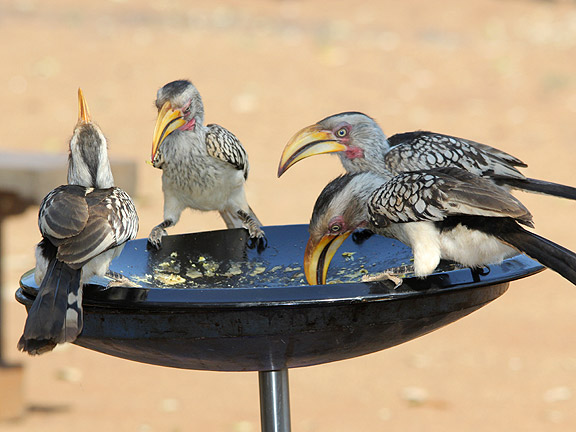
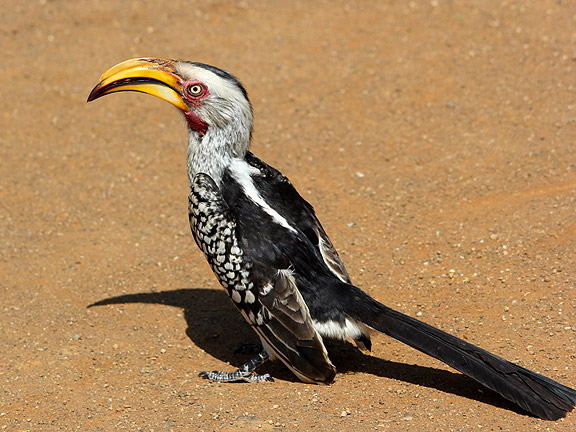
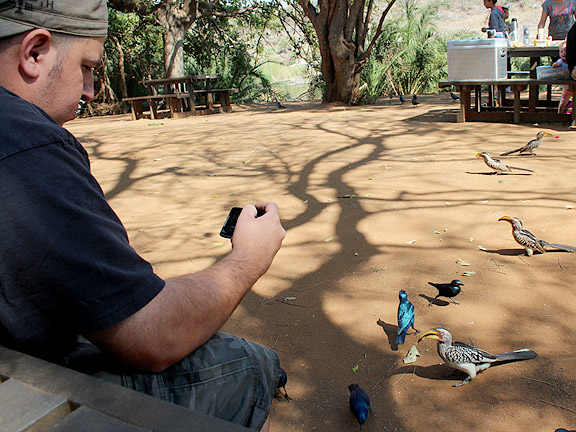
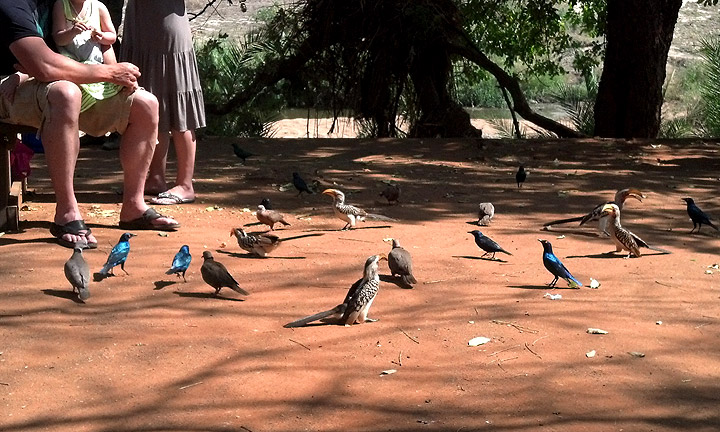
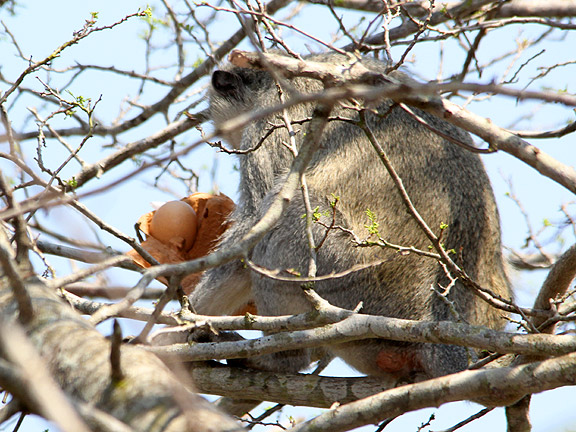
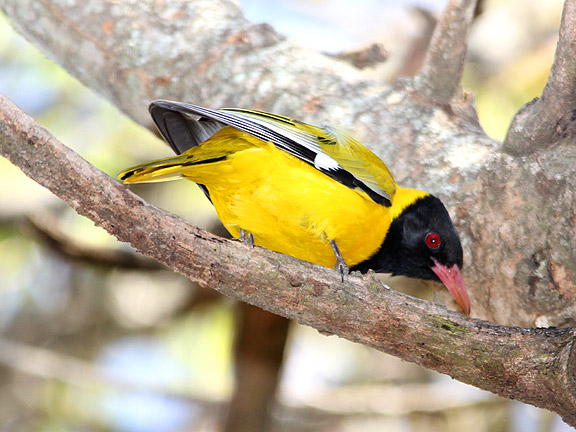
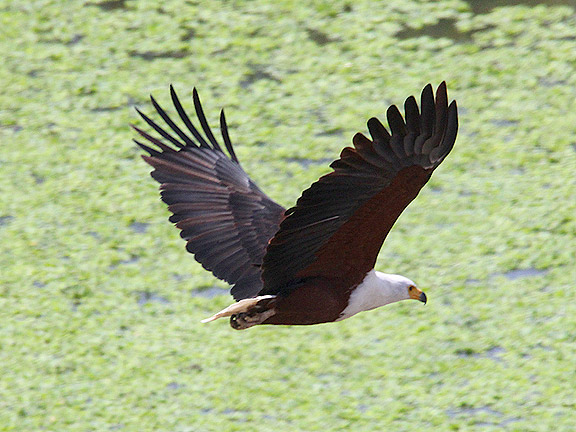
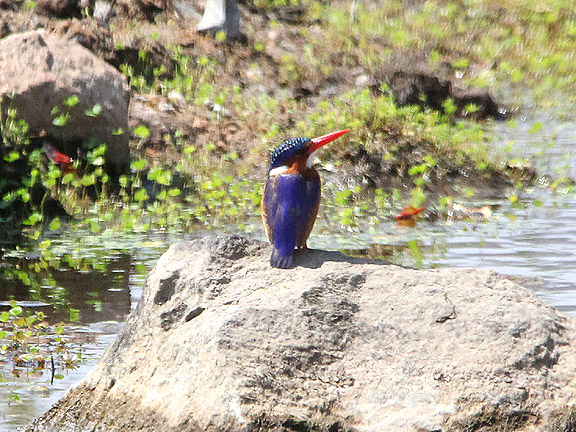
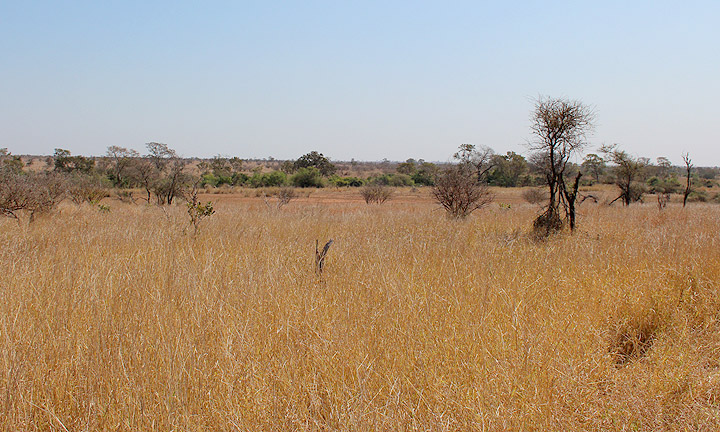

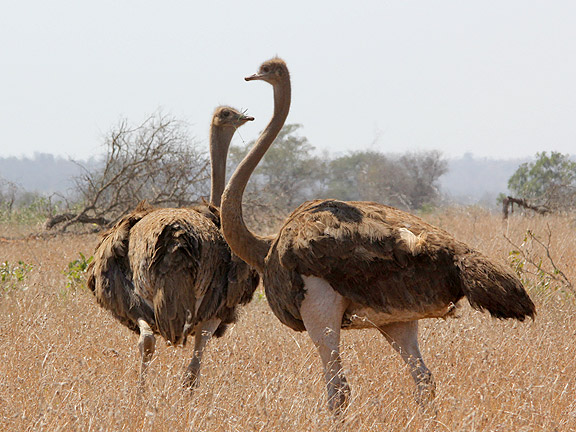
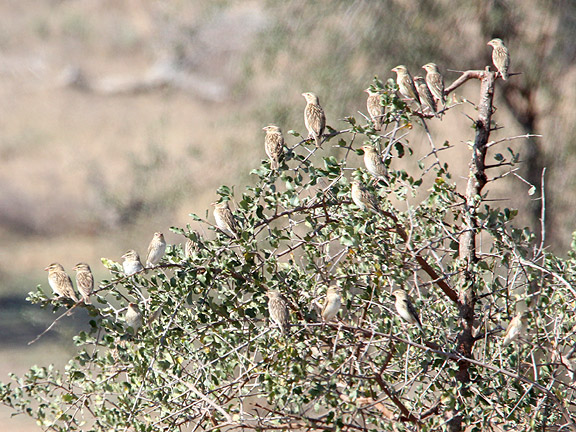
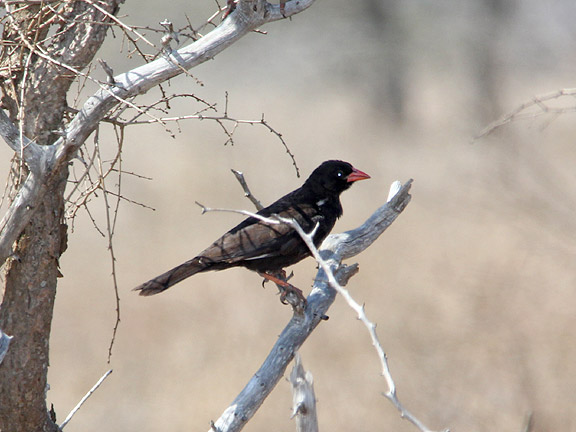

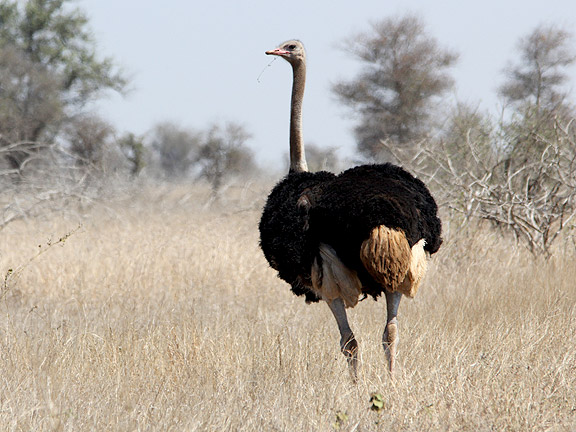
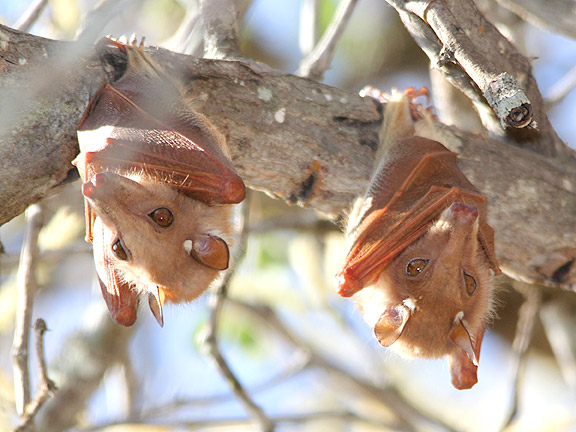
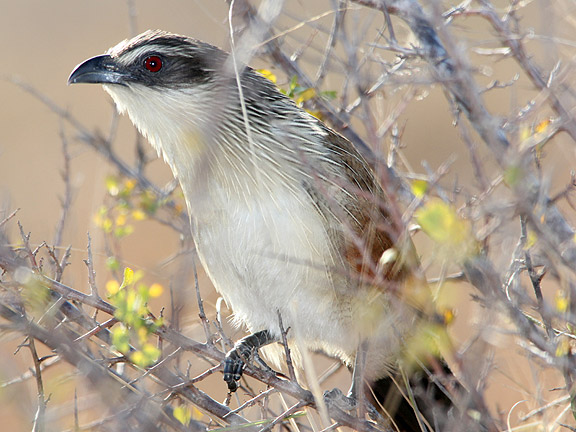
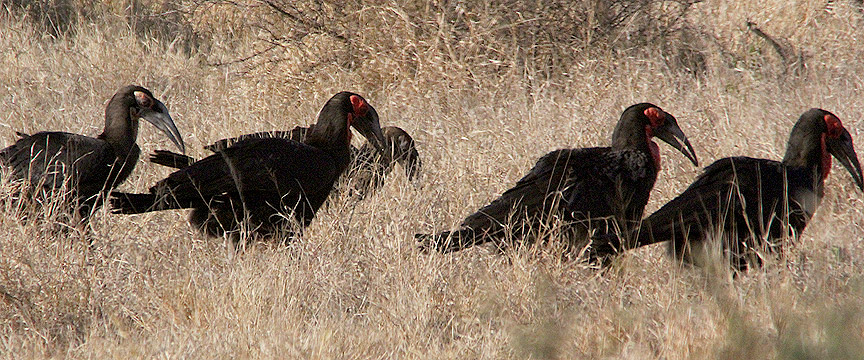
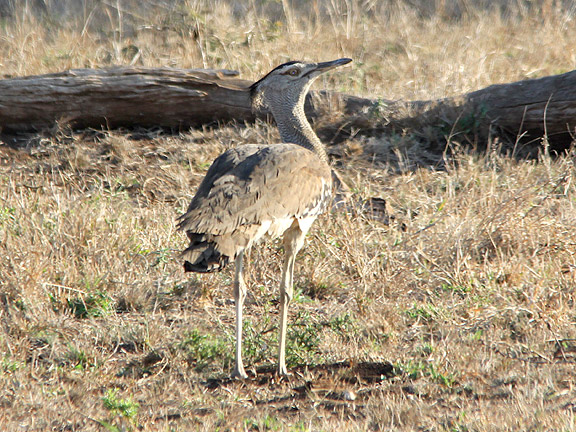
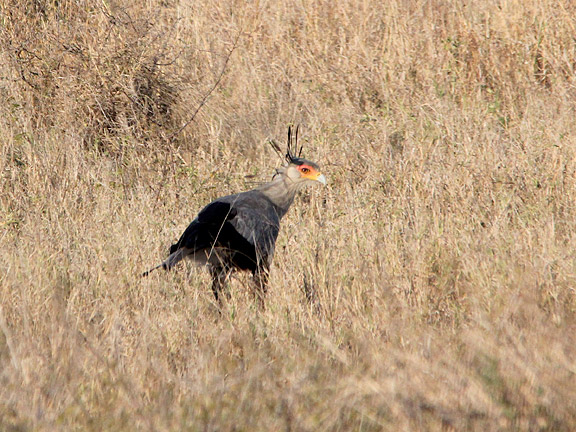
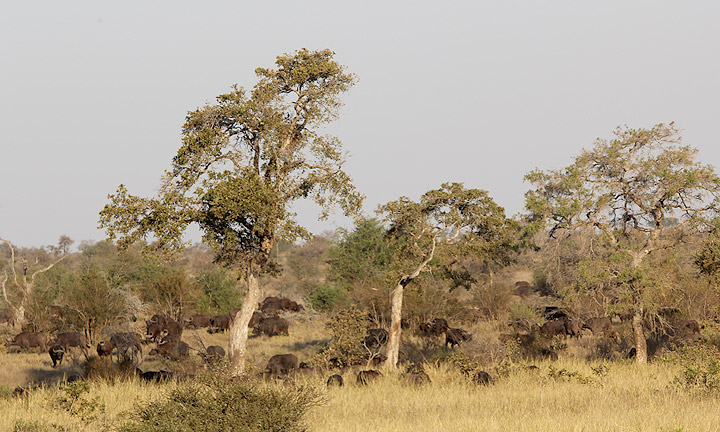
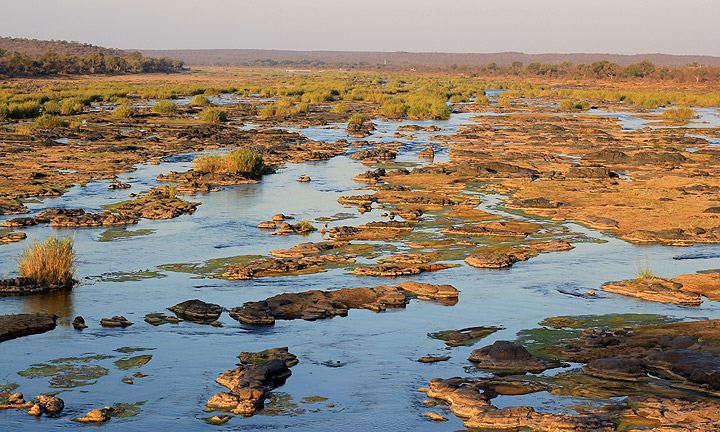
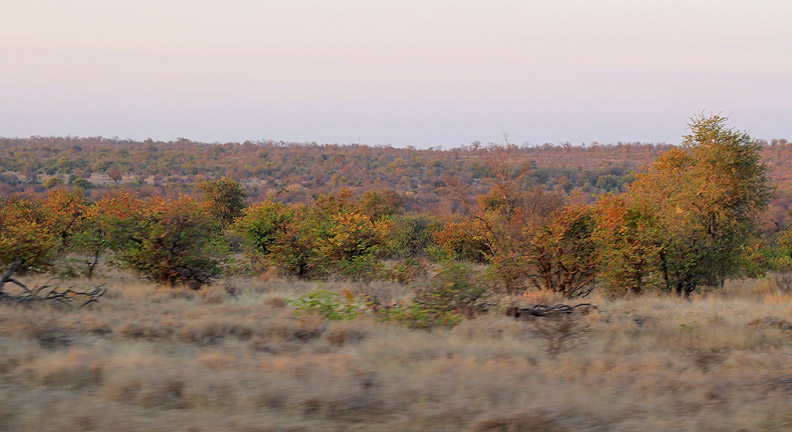

1 Comments:
Extremely jealous. Great recap and photos.
Amanda
Post a Comment
Subscribe to Post Comments [Atom]
<< Back to Previous